
views
Finding Forehand Grips
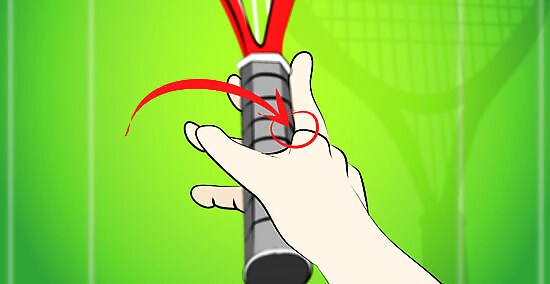
Master the Continental Grip. To place your hand for the continental grip, hold your racket pointing away from you with your left hand. Orient the string area so that it is perpendicular to the ground. Put your right hand out as if to shake hands with the grip of the racket, and place the base knuckle of your index finger on the small, sloped side of the grip to the right of the flat side on top. Close your hand around the grip so that this same bevel of the grip goes diagonally across your palm to point toward the heel of your palm below your pinkie. The Continental Grip is: the most basic forehand grip in tennis. standard for serves and preferred for volleys. difficult to use for working with topspin or backspin.
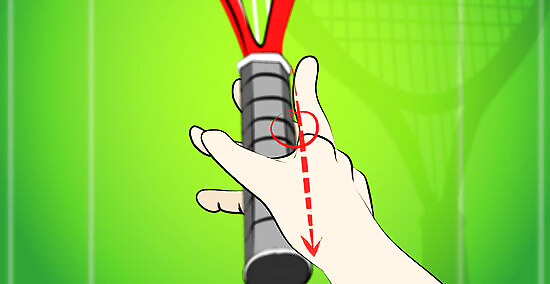
Use the Eastern Forehand Grip. To place your hand for the Eastern forehand grip, start by holding your racket pointing away from you with your left hand. Orient the string area so that it is perpendicular to the ground. Put your right hand out as if to shake hands with the grip of the racket, and place the base knuckle of your index finger on the long flat side of the grip facing straight out to your right. Close your hand around the grip so that this same bevel of the grip goes diagonally across your palm to point toward the heel of your palm below your pinkie. The Eastern Forehand Grip is: a classic, versatile grip good for squarely-placed swings or slices. basic, but still used by pros. not optimal for topspin either coming or going.

Try the Semi-Western Grip. To find the Semi-Western grip, hold your racket pointing away from you with your left hand. Orient the string area so that it is perpendicular to the ground. Put your right hand out as if to shake hands with the grip of the racket, and place the base knuckle of your index finger on the small, slanted plane of the grip facing downward and to your right. Close your hand around the grip so that this same bevel of the grip goes diagonally across your palm to point toward the heel of your palm below your pinkie. The Semi-Western Grip is: a grip that tilts your racket downward, forcing an upward swing and promoting topspin. the game-changing grip preferred by many pros. not a good grip for slicing or hitting low balls.

Find the Western Grip. Start by holding your racket pointing away from you with your left hand. Orient the string area so that it is perpendicular to the ground. Put your right hand out as if to shake hands with the grip of the racket, and place the base knuckle of your index finger on the flat plane of the grip located on the very underside of the grip. Close your hand around the grip so that this same bevel of the grip goes diagonally across your palm to point toward the heel of your palm below your pinkie. The Western Grip is: an extreme topspin creator. very bad for low balls, slicing, or square hits.
Grasping Backhand Grips
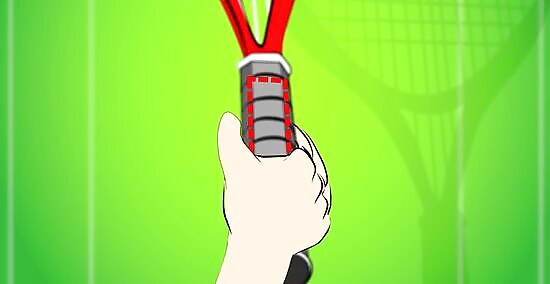
Use the Eastern Backhand Grip. To achieve the Eastern Backhand Grip, use your left hand to hold your racket in front of you. Point the grip to the right and orient the string area perpendicular to the ground, facing you. Hold your right hand straight out directly above the grip. Bring it directly down so your base index knuckle rests completely on the top facet of the grip, and close your hand around it squarely. The Eastern Backhand Grip is: the most common backhand grip. a versatile, stable grip that can generate a little topspin or hit more directly. good for hitting low balls, not good for controlling high ones.

Try the Extreme Eastern or Semi-Western Backhand Grip. To position your hand for the extreme eastern or semi-western grip, hold your racket pointing away from you with your left hand. Orient the string area so that it is perpendicular to the ground. Put your right hand out as if to shake hands with the grip of the racket, and place the base knuckle of your index finger on the small, slanted facet of the grip just to the left of the flat top. Close your hand around the grip so that this same bevel of the grip goes diagonally across your palm to point toward the heel of your palm below your pinkie. This grip is: only used by stronger, more advanced players. good for controlling high balls and generating topspin. difficult for transitioning closer to the net and bad for hitting low balls.
Master the Two-Handed Backhand Grip. The most common way to perform a two-handed backhand is by placing your dominant hand in the Continental Grip (base index knuckle on the top right slanted facet), and then placing your other hand just above it in the Semi-Western Forehand Grip (base index knuckle on the bottom left slanted facet). This grip: is much more powerful than a one-handed backhand. makes it difficult to slice, volley, and reach out for wider shots. EXPERT TIP Peter Fryer Peter Fryer Tennis Instructor Peter Fryer is a tennis writer and coach based in Derry Northern Ireland. He completed his professional teaching tennis qualification shortly after finishing university and has been teaching tennis for over 13 years. Peter began Love Tennis Blog in 2010 and contributes to the BBC and national media outlets. Peter Fryer Peter Fryer Tennis Instructor How often should you change your tennis grip? Peter Fryer, a tennis pro, tells us: “Your grip should change automatically without looking. For example, you might begin a game with a serve using a continental grip and then hit a forehand with a semi-western grip followed by a double-handed backhand. You’ll learn to feel and know the different grips so that you don’t have to keep checking to see if you’re in the correct position.”















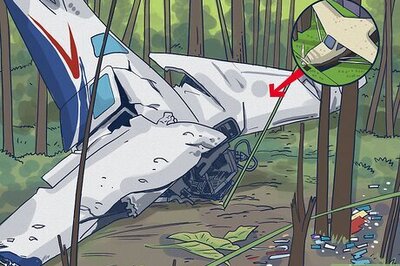
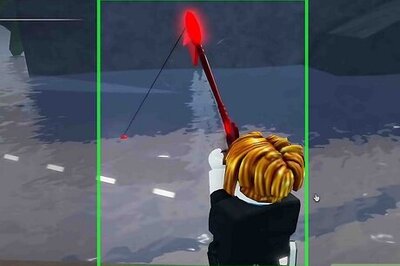

Comments
0 comment